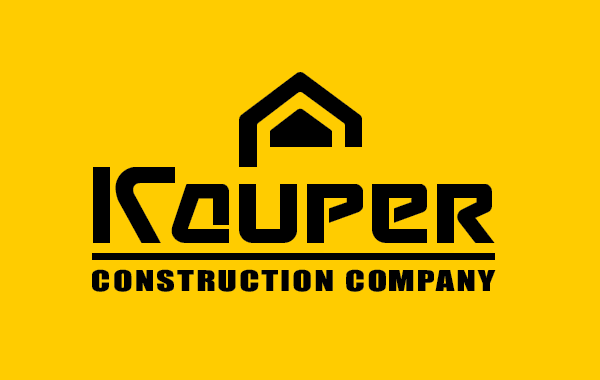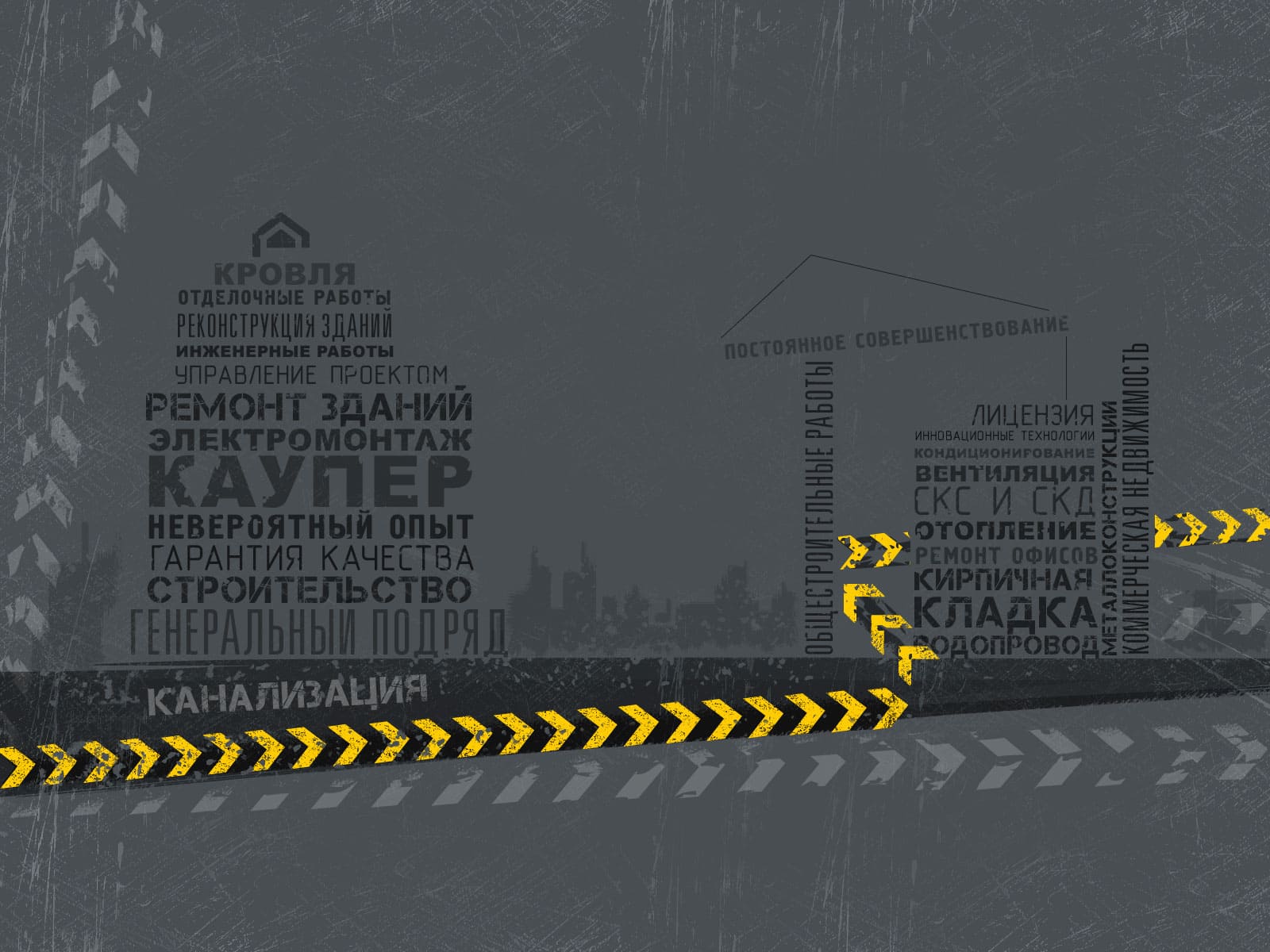Building Offices for IT Companies: Requirements and Trends

Building offices for IT companies has its own set of features and requirements that differentiate it from traditional office spaces. The rapid development of technology and constant changes in IT industry workflows dictate new trends and standards for creating a comfortable and effective working environment. In this article, we will explore the key requirements for constructing offices for IT companies and the modern trends influencing this process.
1. Flexibility of Space
Modular and Adaptable Work Areas
IT companies often need flexible spaces for team projects and quick adaptation to new conditions. Therefore, it is important to ensure:
- Modular Furniture: Office furniture should be flexible, allowing easy rearrangement and configuration changes.
- Partitions and Dividers: The use of movable partitions allows for quick reconfiguration of space based on team needs.
Collaborative and Innovation Spaces
Offices for IT companies should include areas for collaboration and innovation:
- Co-Working Areas: Open spaces for team collaboration that foster cooperation and idea exchange.
- Innovation Labs: Spaces for testing new ideas and technologies, enabling teams to rapidly implement innovations.
2. Technological Infrastructure
High-Speed Communication
Modern IT companies require stable and fast internet connections:
- Fiber-Optic Internet: Ensure the availability of high-speed internet to support a large number of users and ensure uninterrupted operation.
Technical Rooms
To support IT infrastructure, it is essential to provide:
- Server Rooms: Specialized rooms for housing servers and other equipment, equipped with cooling and security systems.
- Charging Stations: Areas for charging electronic devices, facilitating easy maintenance of gadget functionality.
3. Comfort and Ergonomics
Workplace Comfort
Ergonomic conditions affect employee productivity:
- Adjustable Desks and Chairs: Provide adjustable desk and chair heights to meet individual employee needs.
- Comfortable Lighting: Use lighting that minimizes screen glare and reduces eye strain.
Ventilation and Air Conditioning
Ensure optimal working conditions:
- Air Conditioning Systems: Effective air conditioning and ventilation systems to maintain comfortable temperature and air quality.
4. Psychological Comfort and Relaxation
Relaxation Zones
Creating areas for relaxation and unwinding helps reduce stress and improve productivity:
- Relaxation Areas: Spaces where employees can recharge and relieve stress.
- Recreational Zones: Areas with board games or video games for relaxation.
Green Office
Incorporating elements of nature into the office environment:
- Plant Life: Use indoor plants to improve air quality and create a pleasant atmosphere.
- Natural Materials: Utilize natural materials in decor, such as wood or stone, to create a calming and cozy environment.
5. Environmental Trends
Energy Efficiency
Implement energy-efficient solutions to reduce energy costs:
- Energy-Saving Technologies: Install LED lighting and automation systems for energy management.
- Rainwater Harvesting Systems: Use systems for collecting and reusing rainwater for irrigation.
Green Certification
Obtain certifications for eco-friendly building standards:
- LEED or BREEAM: Certifications that confirm the office meets modern environmental standards.
Conclusion
Building offices for IT companies requires a specialized approach that considers space flexibility, technological infrastructure, comfort and ergonomics, psychological comfort, and environmental trends. Understanding the needs of the IT industry and implementing modern solutions will help create an effective and pleasant working environment that enhances employee productivity and satisfaction.

